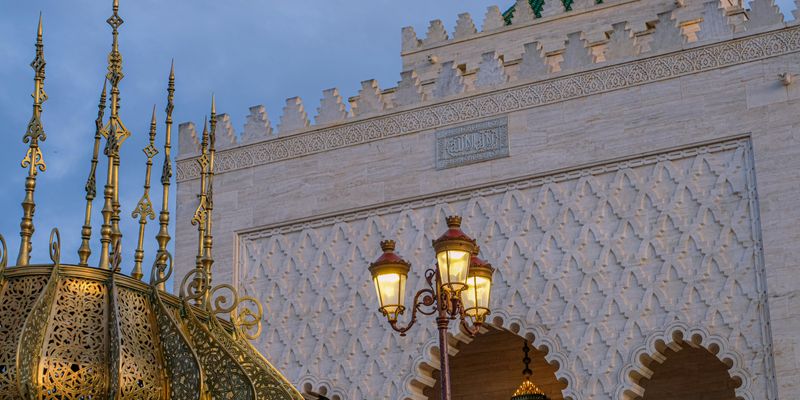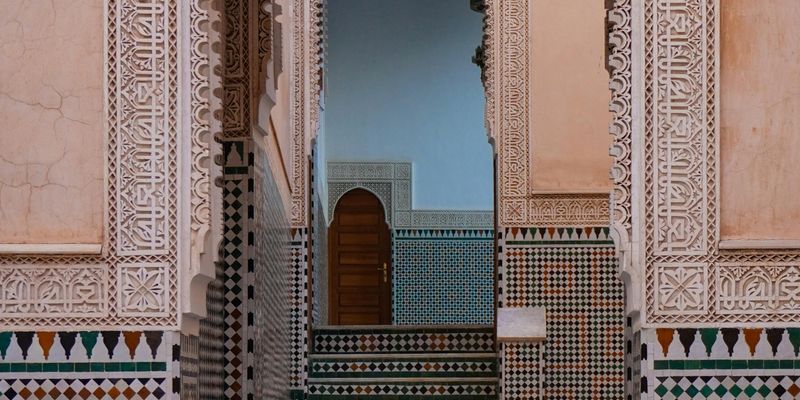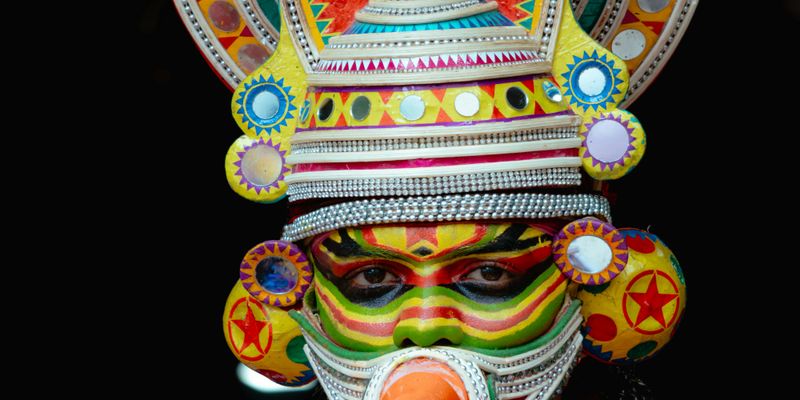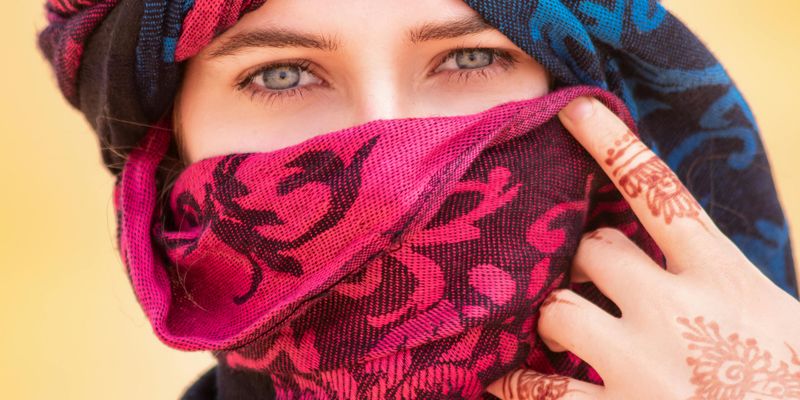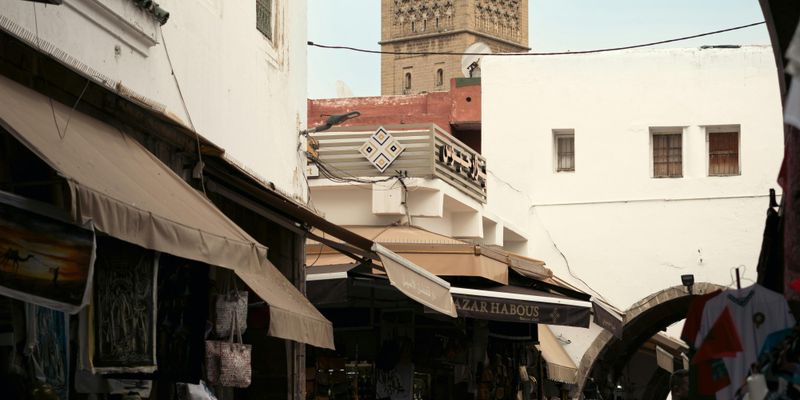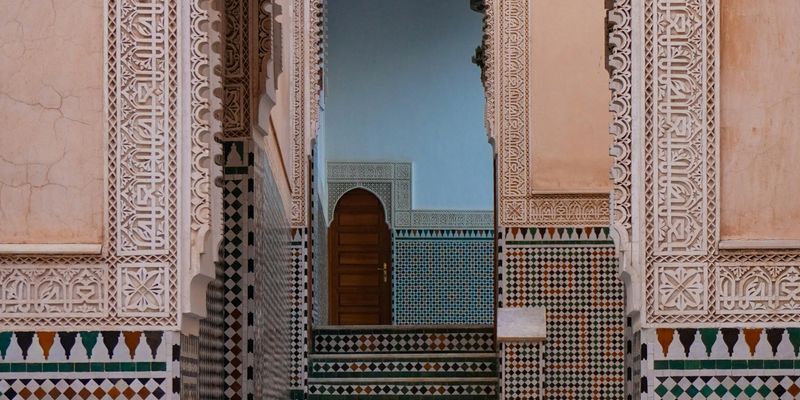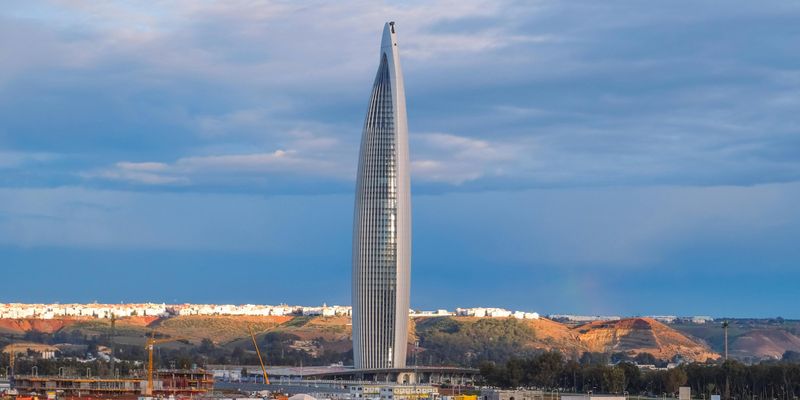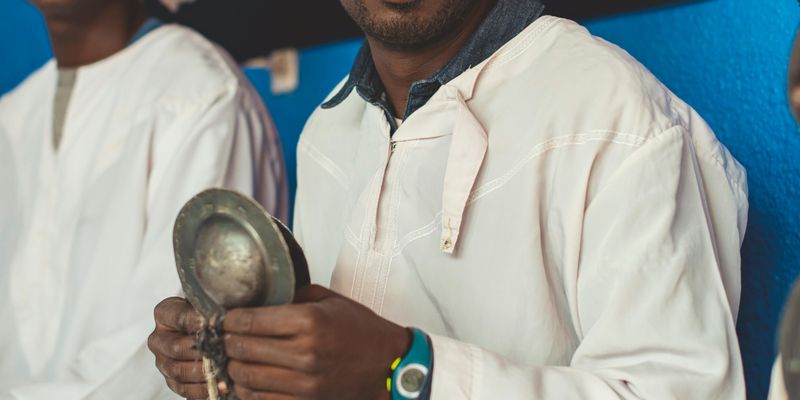
Introduction to Moroccan Music
When one thinks of Morocco, the mind often conjures images of bustling souks, vibrant landscapes, and the mesmerizing architecture of ancient medinas. However, beneath the surface of this breathtaking country lies a rich tapestry of music that captures the very soul of Morocco. From the haunting melodies of Andalusian music to the electrifying beats of modern chaabi, the sounds of Morocco are as diverse as its people.
The Diversity of Moroccan Music
Moroccan music is a beautiful reflection of the country's history and cultural diversity. Over the centuries, waves of different cultures have influenced Moroccan musical traditions, from the Berbers of the Atlas Mountains to the Arabs and sub-Saharan Africans. Each group has contributed its unique sound, creating a harmonious blend that is distinctly Moroccan.
Traditional Genres
One cannot mention Moroccan music without highlighting genres like gnawa and malhoun. Gnawa is a spiritual and healing music rooted in the history of enslaved sub-Saharan Africans. It involves the use of traditional instruments like the guembri (a three-stringed instrument) and krakebs (castanets), creating a rhythm that's both vibrant and hypnotic. Attending a gnawa performance is a profound experience; it often feels like stepping into a trance-like celebration of heritage.
In contrast, malhoun combines poetic lyrics with musicality, often celebrating love and daily life. This genre is prevalent in the city of Essaouira, where you’ll find malhoun singers captivating audiences with their storytelling abilities set to the enchanting beats of traditional instruments.
Modern Influences
Today, Moroccan music has evolved, with new genres like chaabi gaining immense popularity. Chaabi is often referred to as the "music of the people," reflecting contemporary life while still maintaining its roots. Artists like Saad Lamjarred have taken this genre to international heights, blending traditional sounds with modern pop influences, making it accessible to a global audience.
Instruments That Tell a Story
Don't underestimate the power of musical instruments in Moroccan culture. The oud, a pear-shaped stringed instrument akin to a lute, plays a pivotal role in many musical styles, echoing the ancient traditions that have shaped North African music. The nawbah, a series of melodic compositions performed in different modes, further exemplifies the sophistication of Moroccan music.
Outdoor Festivals: A Melodic Experience
The soul of Morocco comes alive during various annual music festivals, such as the Gnaoua World Music Festival in Essaouira, where musicians from around the globe converge to celebrate this unique genre. The festival features enchanting performances that intertwine traditional gnawa with various international musical styles, turning the coastal city into a canvas of sound under the stars. It is a land of collaborations, unity, and shared rhythms, showcasing the interconnectedness of global music.
Connecting Through Music
In Morocco, music is not just entertainment; it’s a way of life. It brings people together in weddings, festivals, and community gatherings, creating a bond that transcends language and cultural barriers. The joyous sounds of singing and dancing create an atmosphere of celebration, allowing everyone to participate, irrespective of age or background.
As someone who has danced at numerous Moroccan weddings, I can attest to the transformational power of music. The rhythmic clapping, the electrifying beats pouring from speakers, and the electrifying energy of the crowd are unmatched experiences that leave lasting memories.
Conclusion
From the traditional sounds of gnawa and malhoun to the modern beats of chaabi, the music of Morocco resonates deeply, echoing the hearts of its people. Each note tells a story and each rhythm holds a cultural significance that enriches the Moroccan experience. The next time you find yourself in this vibrant country, take a moment to immerse yourself in its soulful melodies — it’s a journey worth every beat!
